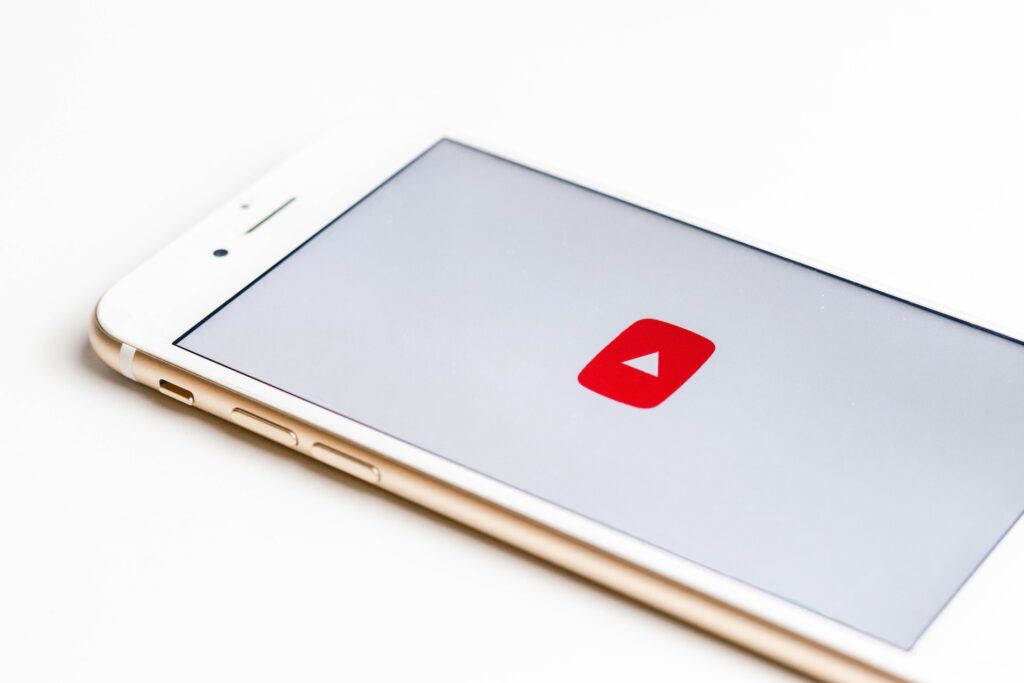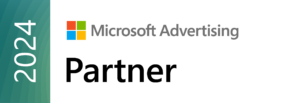If you’re new to a platform, getting started can feel overwhelming. That’s especially true for video-first platforms like YouTube. But with almost 2.6 billion monthly active users, it pays to invest time in building your brand’s presence on YouTube.
Whether you’re just getting started with YouTube or you’re looking for ways to grow your brand’s following, we’re here to help. Here’s what every brand needs to know about using YouTube effectively.
Using YouTube as a Search Engine
Marketers are quick to point out that YouTube is the second-largest search engine in the world, so treat it like one. Creating video content that answers users’ queries is an easy way to get traction and build a following.
Google says that the three most important pieces of meta content for YouTube videos are the video’s title, thumbnail, and description, so focus on optimizing those three components for your search terms. Tags, alternatively, play a minimal role in your video’s discovery, according to Google.
When you’re planning content for YouTube, go through the same process that you use for planning search-optimized content on your website: Do organic keyword research and develop a list of prioritized keywords.
One of the best tools you can invest in is TubeBuddy. TubeBuddy is a cost-effective but incredibly powerful keyword tool that allows you to search various keywords, titles, and tags to see how well your video would rank for any particular topic. One of the best parts of the TubeBuddy tool is that it allows you to create a “Best Practices” upload checklist that will help you remember everything you need to do to optimize your video.
From there, create a list of topics that use those keywords and decide which topics lend themselves to a visual format. For some topics, it might make sense to write a blog and have a YouTube video embedded as supplemental content. You can also do competitive research by typing in a target topic or keyword phrase on YouTube and watching the top results. Take note of what each video does well, areas you could improve, and the questions people ask in the comments section.
How you label your video, the amount of detail you put in your description, how well you’ve transcribed your video, and how you stylize your thumbnail are all important factors in ranking for the keywords you want and increasing your click-through rate on a search results page.
Hosting Video Content in YouTube’s Video Library
As you build out your video content, properly organizing it will become more important. Rather than uploading hundreds of isolated videos, using YouTube as your video library allows you to curate playlists based on themes or pillars that keep people watching. With playlists, you can also tell larger stories over a series of shorter, more focused videos rather than uploading one long, more wide-ranging video.
Another reason to use YouTube as your video library is its hosting capabilities. Using video assets on your website looks great, but it can really slow down your page load times. Compared to text, or even high-quality images, videos are huge files that require a lot of bandwidth. That’s why brands host videos on a separate video hosting service, and YouTube is a popular choice because it embeds seamlessly with many modern CMS and it’s a familiar user interface for visitors.
Maintaining a Consistent Upload Schedule
One of the biggest mistakes new YouTube channels make is not sticking to a consistent upload schedule.
The YouTube algorithm has only become more exclusive with the kinds of videos it bumps up in search. If your channel posts at a consistent day and time each week, it’s more likely to be at the top of the list when people search for you or a topic you’ve created content about. The algorithm also looks for consistent activity on your account, so things like creating playlists or updating old videos also help boost your content in search.
When you’re just starting out, it’s good to start slow. Use your keyword and topic research to make a list of videos you want to make and add them to your global content calendar. Remember, whether you’re uploading once a day or once a month, consistency is key.
Taking Advantage of YouTube Shorts
YouTube Shorts — YouTube’s answer to TikTok and Instagram’s Reels — started rolling out in the United States in 2021. Since then, they’ve started gaining traction with content creators who are already familiar with vertical short-form video content on other platforms.
YouTube Shorts must be shorter than 60 seconds, so unlike longer, more traditional YouTube content, Shorts have a lower barrier for entry and are a much lower commitment for viewers, especially those who are browsing YouTube and watching videos on a smartphone. For now, YouTube Shorts are complementary content for your primary channel. YouTube itself calls Shorts a “separate viewing experience,” noting that Shorts won’t have any significant effect on the performance of your normal YouTube videos, so you don’t have to worry about cannibalizing views.
While Shorts are popular with YouTube content creators, most brands haven’t caught on so quickly. Right now, even the most competitive niches are relatively open in YouTube Shorts, making this an ideal time for experimenting with this new format and determining if short-form content has a place in your brand’s broader content strategy.
Incorporating YouTube into Your Digital Marketing Strategy
Building a strong organic presence on YouTube is a great way to improve your discoverability on the second-largest search engine on the Internet, but if your team doesn’t have the time or the resources to create video content consistently, you can incorporate YouTube into your broader digital marketing strategy with YouTube ads.
YouTube ads might seem like traditional TV ads, but they’re different in three key ways.
One: Unlike traditional media, YouTube ads can target your specific audience. That means instead of blasting your ad to millions of uninterested people, your video ad is only presented to people who are likely to be interested in your brand or product. With YouTube, you can build audiences based on their location, income, demographics, interests, and even the websites they visit.
Two: YouTube viewers tend to be more engaged than traditional TV audiences. YouTube content isn’t just TV in the background — it’s a video they’ve chosen to watch. When they’re watching, they’re learning something new or finding out how to do something. It’s an active process, which means they’re paying attention to what’s on the screen.
Three: Your results are trackable. As part of Google Ads, YouTube ads allow you to track performance metrics and learn as you go. With a measurable ROI, you don’t have to guess if your ads are working.
There are several different ad formats available on YouTube. Each has its own strengths and weaknesses, so we recommend experimenting with different ad types to find what works best for your brand, your audience, and your message.
Skippable In-Stream Ads
As the name suggests, skippable ads allow viewers to skip after watching for five seconds. They play before, during, or after the main video content, and they work well for generating awareness and also driving conversions.
Skippable in-stream ads can feature call-to-action buttons, product feeds, and other ways for users to interact with your brand directly. Placement for these types of ads is flexible, too. They’re available for viewers on a computer, smartphone, tablet, connected TV, or game console.
Non-Skippable In-Stream Ads
Non-skippable ads are more expensive than skippable ones, and if they’re presented to the wrong person at the wrong time, they can be annoying. Depending on your region, non-skippable ads can be 15 or 20 seconds long.
Like skippable ads, non-skippable YouTube ads can play before, during, or after the main video and can have call-to-action overlays as well. They can also be viewed on a computer, smartphone, tablet, connected TV, or game console.
Bumper Ads
Bumper ads are non-skippable, but they’re much shorter than normal non-skippable ads. With bumper ads, you only have six seconds to catch the viewer’s attention. These kinds of ads are great for teasers and partner sites.
Bumper ads can be viewed on a computer, smartphone, tablet, connected TV, or game console.
Masthead Ads
Masthead ads are large video ads that appear at the top of your screen, whether you’re watching on a desktop, mobile, or connected TV. These types of ads are only available on a reservation basis through your Google sales representative.
In-Feed Ads
In-feed ads can appear in the YouTube search results, the “Watch Next” queue, or your home feed. YouTube places in-feed ads with other content that your target audience is likely to be interested in and watch.
Following these simple steps with each upload will help you and your business launch (or revitalize) your YouTube content and market your brand to a new audience over time.
If you have more questions about how your brand can use YouTube and other social platforms more effectively, contact us today.







